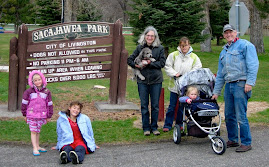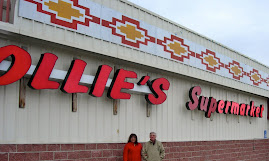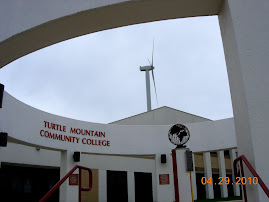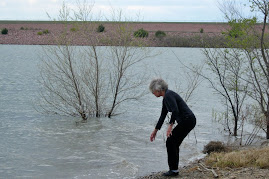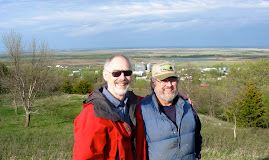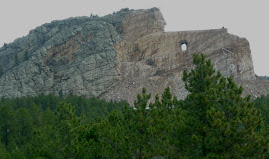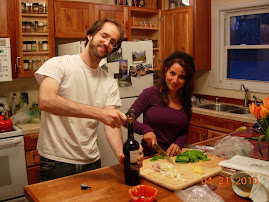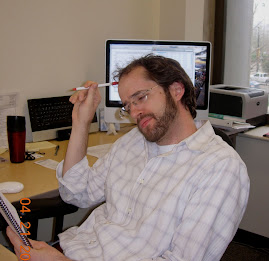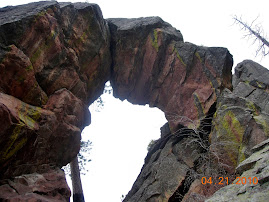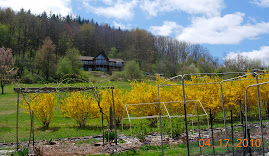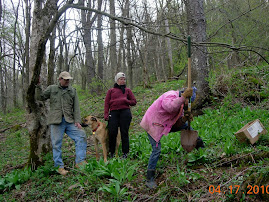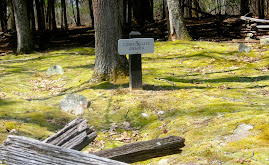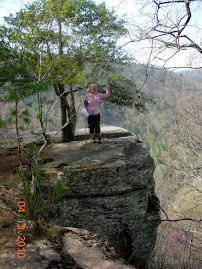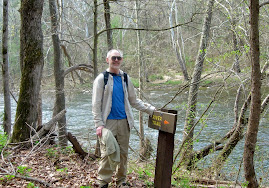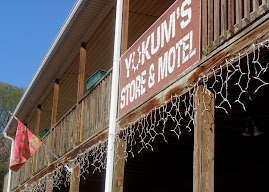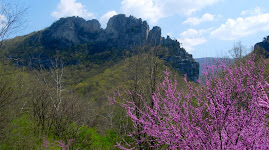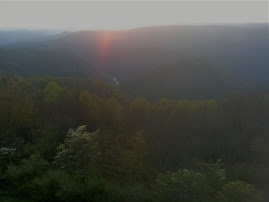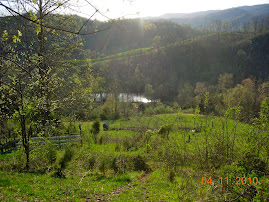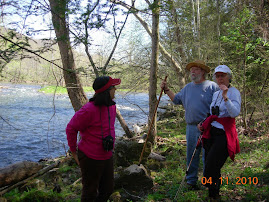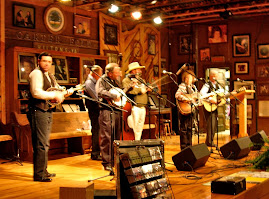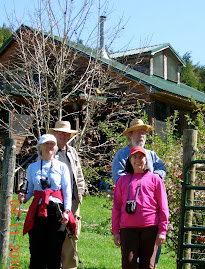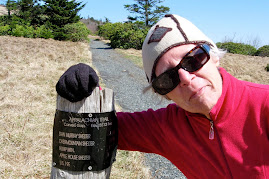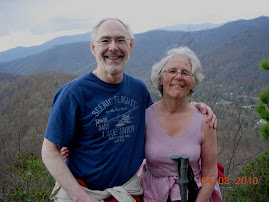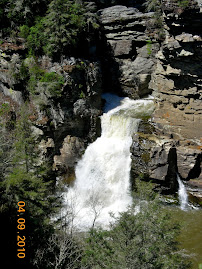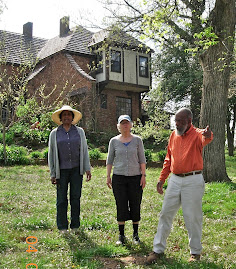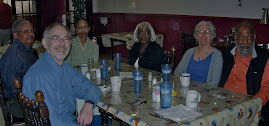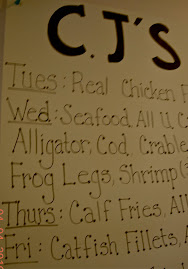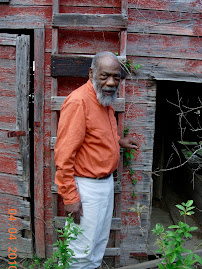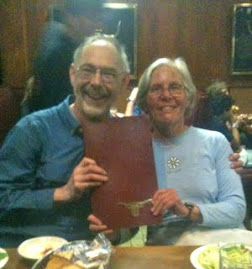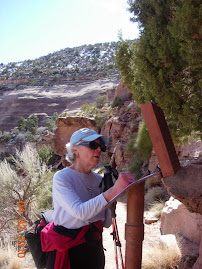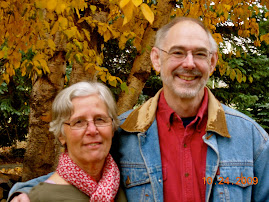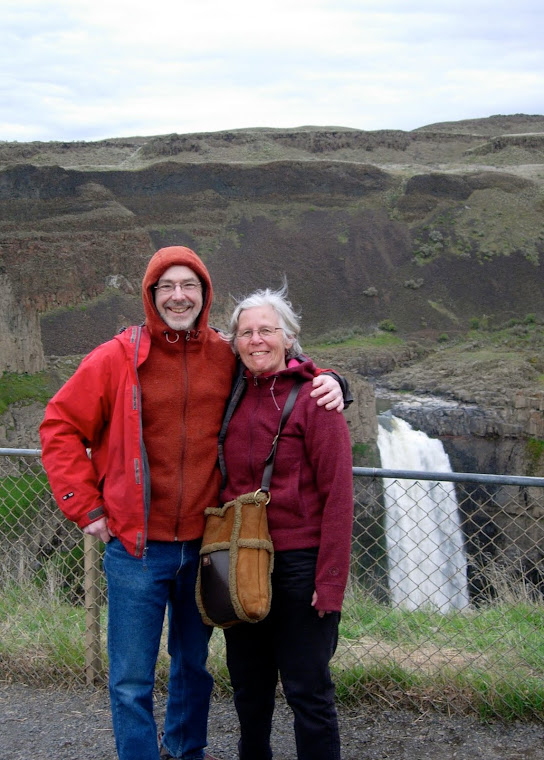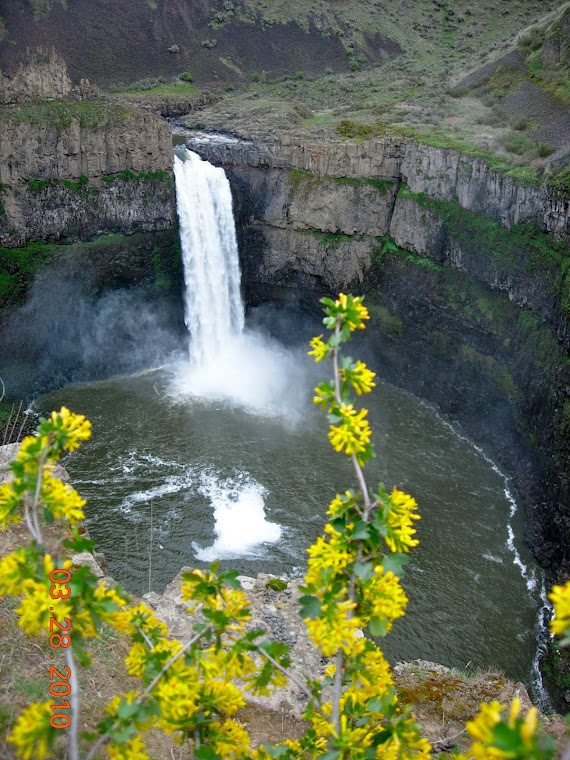Thursday, May 6, 2010
Return to their Routes: Laurel and Jim return to Montana
Saturday, May 1, 2010
Another Family Comes Home: Dave and Phyllis Jollie and the Renaissance of the Turtle Mountain Chippewa Reservation in Belcourt, North Dakota
Tuesday, April 27, 2010
Setting deep roots in the South Dakota soil: Tom and Kathy Dean of Wessington Springs
Saturday, April 24, 2010
The Black Hills of South Dakota

Friday, April 23, 2010
Next Generation: Boulder, Colorado
The Next Generation: Boulder, Colorado
A major bonus of our re-arranged travel itinerary was that when we landed back in Denver, we were close to Boulder, Colorado. Our "god-children", Daven Henze and Elena Hartoonian - Roger married them in 2007, and Daven has been like a son to us since his birth - had migrated to the University of Colorado. Not only were they both in Boulder, but they had recently purchased a delightful and spacious town house walking distance from the University with four bathrooms (!) and a lovely basement guest room.
After fumigating our forlorn car - the cheese we had left in the car had turned into a failed science experiment - we pointed ourselves towards Boulder. We got there with no problem, but found ourselves in gridlock when we got near campus. Thousands of brightly dressed young folks moved languorously through town, policemen were at every corner, and a helicopter buzzed nosily over-head. What the hell was going on?
When we called Daven to check-in, he told us with a chuckle that we had arrived in Boulder on 420 (April 20th), and perhaps we ought to avoid the campus until later that afternoon. We had no idea what he was talking about, but then we noticed that many of the throng wore a serrated greenish leaf around their necks or tattooed to their foreheads. 420 is Christmas for potheads, and literally thousands of acolytes had congregated in Boulder.
So after repairing to one of the more sedate coffee shops in town until the mobs had ebbed, we found Daven and Elena’s delightful pad. Daven showed us around, and then took as up to Chautauqua Park, one of the 40,000 acres of open space that encircles this amazing town. This splendid park is encircled by several mountains called the Flat Irons, jagged shards of rock that provide endless challenge for the legions of rock climbers who live in this hyper-athletic town. We capped off the day by dining at an amazing seafood restaurant, presided over by an owner who had won the recent Top Chef completion on TV. Only in Boulder.
The next day we explored the enormous park on our own while Daven and Elena worked. Daven is a newly minted Assistant Professor in the School of Engineering, and is totally immersed in unraveling the mysteries of atmospheric chemistry, in particular in relationship to the production of greenhouse gases in the atmosphere. Elena is a first year graduate student in the math department, and in addition to her own studies teaches introductory calculus. So while they toiled in the academic vineyards, we scurried up to the Royal Arch, one of the places in the Flat Irons recommended by Daven. Under the Arch we gazed over the town of Boulder which hosts not only the University of Colorado, but also the National Center for Atmospheric Research and a number of other major scientific institutions, such that PhD’s probably outnumber marijuana enthusiasts (unless of course these brainy folks also inhale).
The high point of our visit was not the lofty spires of the Flat Irons, but seeing Daven and Elena as a joyful married couple, and as two aspiring and extremely promising scientists. Although most of the folks we are visiting on this trip are our age, it is heart-warming to see that the generation whom we have helped shape are managing to make their way in an increasingly complex and imperiled world. There is no way to know how the story will end, but for us it means a lot that our children and their friends will keep embellishing the never-ending tale.
Tuesday, April 20, 2010
A Heroic Rural Doctor in remote West Virginia
We reached the furthest point on our journey last weekend when we visited a person who had become very close to us over the last two years, but whom we had never met. We were introduced to this remarkable person, Dr. Susan Schmitt, by my brother Leon. Leon and his wife Lucy are avid folk-dancers, with a passion for contra dance. Every year they escape from the Eastern winter to dance with a convivial group on St Croix in the Caribbean. To my good fortune one of the couples who shares in this winter migration are Susan Schmitt and Doug Wagner, from Thomas, West Virginia.
When Leon visited me about three months after my abrupt and catastrophic encounter with a rare abdominal sarcoma called a GIST, he told me that that one of his dancing partners, a rural doctor in West Virginia, shared this unusual diagnosis. More remarkably, she was still vigorously alive, working as a solo rural family doc, and clicking her heels in St Croix five years after emergency surgery for the same condition. Although I initially thought he probably had misunderstood what she told him, when I was struggling with the side-effects of the chemotherapy for this rare cancer, I got Susan’s number from Leon and called her.
This was the beginning of a phone and e-mail friendship between two intense family doctors grappling with the reality of a bad disease, the side-effects of powerful medicine, and the various disruptions resulting from the fairly heroic surgery that had saved our lives, but altered both our anatomy and physiology. Each of us had discovered different strategies for coping with the disease, and the emotional and physical challenges that come with cancer and its treatment. We shared our discoveries with each other, used each other for informal consultations as new symptoms would crop up, and became a powerful two-person cancer support group.
Thus when this road trip progressed from fantasy to a concrete plan, visiting Susan in West Virginia became the compass pole around which we designed our journey. So our furthest point from Seattle became Susan and Doug’s majestic house on Backbone Mountain just outside of Thomas.
As part of the visit we visited Susan in her half-time solo practice in Parsons, a struggling town that was almost wiped from the map during the flood of 1985. Susan has a devoted following in the town, but the economics of rural medicine in West Virginia are so challenging that the practice works only because Doug is her volunteer receptionist and book-keeper, while both of them share some of the janitorial duties. The other half of her practice is in an other small town a perilous hour and half drive from her home, plus stints of taking call at a Critical Access Hospital in yet another small town.
Susan has also experienced some of the vicious politics of rural West Virginia, including a vendetta that led to her being fired from a health center that she helped to create at the same time she was dealing with the challenges of trying to survive a lethal disease. Not only did she lose her health insurance – the chemotherapy that has kept both of us alive costs thousands of a dollars a month – but she was slapped with bogus criminal charges. She fought back vigorously and successfully, being completely exonerated of the trumped-up charges. Fortunately, she had enormous support from her patients and some segments of the professional community, and soon returned to what she loves and does best – taking care of sick people in West Virginia. Not only does she take care of disease, but she is committed to trying to prevent the enormous toll that obesity and diabetes take in West Virginia, and started a Wellness Center in Parsons that has since been adopted and supported by the city.
Although Susan and I had never met before this trip, we felt like we had known each other for years. Her example, her fortitude, and her fierce embrace of life have helped me enormously over the last two years. Her husband Doug and my wife Fernne share the ability to sustain us without draining of us our fierce uncompromising independence. It was a powerful weekend.
Thursday, April 15, 2010
Wandering in the Mountains of West Virginia
After the idyllic River Farm perched on Virginia’s Clinch River, we felt ready to tackle the mountains of West Virginia – or as Jim said, West “God Damn” Virginia. West Virginia has the distinction of being the only state to switch from the Confederacy to the Union during the Civil War, breaking away from Virginia to do so. One of the many state parks we visited was a testimony to the battles at Droop Mountain where the Confederates were expelled from the new state, at the cost of many hundreds of lives.
Our first stop was at Pipestem State Park, more a resort and major conference center than most of the state parks we have visited. Set on the edge of the Bluestone Gorge, we were attracted by the lovely woodsy cabins and the miles of hiking trails. For some strange reason April is emphatically off-season, and we felt like we had this enormous park to ourselves.
One of the major attractions of this park is tramway that takes people from the rim to the Bluestone River at the bottom of the Gorge. But the tramway doesn’t even begin to run until the middle of May. When we told the folks at the front desk that we intended to take the four-mile to the bottom, they reacted with horror and disbelief. Apparently this sort of excursion is not something that locals consider, and the rates of obesity and diabetes in these remote West Virginia hollows tend to validate that conclusion. Nonetheless we had a splendid day exploring the trail and its various spurs, and emerged from the gorge a little tuckered but unscathed.
After several days exploring the southern slice of West Virginia, we ventured into the “real” mountains of the Monongehela National Forest, traveling on sketchy roads that vied with each other in packing in the most hairpin turns per mile, while going steeply up and over mountains before plunging into improbably remote valleys. Cell phone coverage was non-existent, and we even passed that most extreme test s of true rurality: we could put both the FM and the AM dial in seek mode, and never come up with a radio station.
The other thing we discovered was that there were very few places to stay, and even fewer to eat. After rejecting a few motels that came right out of Deliverance, we ended up at Yokum’s, which had the advantage of being opposite some magnificent quartzite cliffs called Seneca Rocks. The only problems with this solution were that a number of very large men burst into our room several times since the owner had booked more than one party into the same room – the itinerant workmen were kind enough to move to the room next door; and the one restaurant we visited was so bad that the rib’ eye steak I ordered would have made a better shoe than a meal. It was an experience.
But the next day we got to climb to the top of Seneca Rock. Unlike the climbers from the mountaineering guide service next door, we donned neither helmet nor harness as we chose to take the trail to near the top. An easy scramble put us on top of the northern peak (on the left below), while cries of “belay on!) echoed from around the corner.
With Seneca Rocks under our belts, as it were, we spent our last night in the mountains at another delightful state park, high in expansive mountain valley (Canaan) that even had a ski area with a little snow left. Our main impression of the mountains was their soft beauty, and their relative isolation. It seems inconceivable that as I write this we are only 3 ½ hours by car from Washington, D.C. We have traveled into a dramatic fold in the landscape, and a major warp in the fabric of time.
Brigham City's Finest Pie
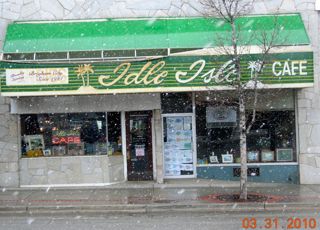
The Blue Mountains-In the Snow
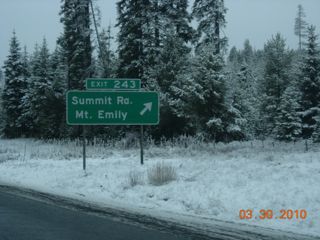
Silos from the care at 80 mph
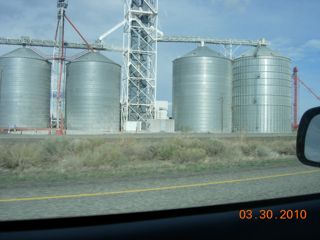
Fernne at Farewell Bend, Snake River



